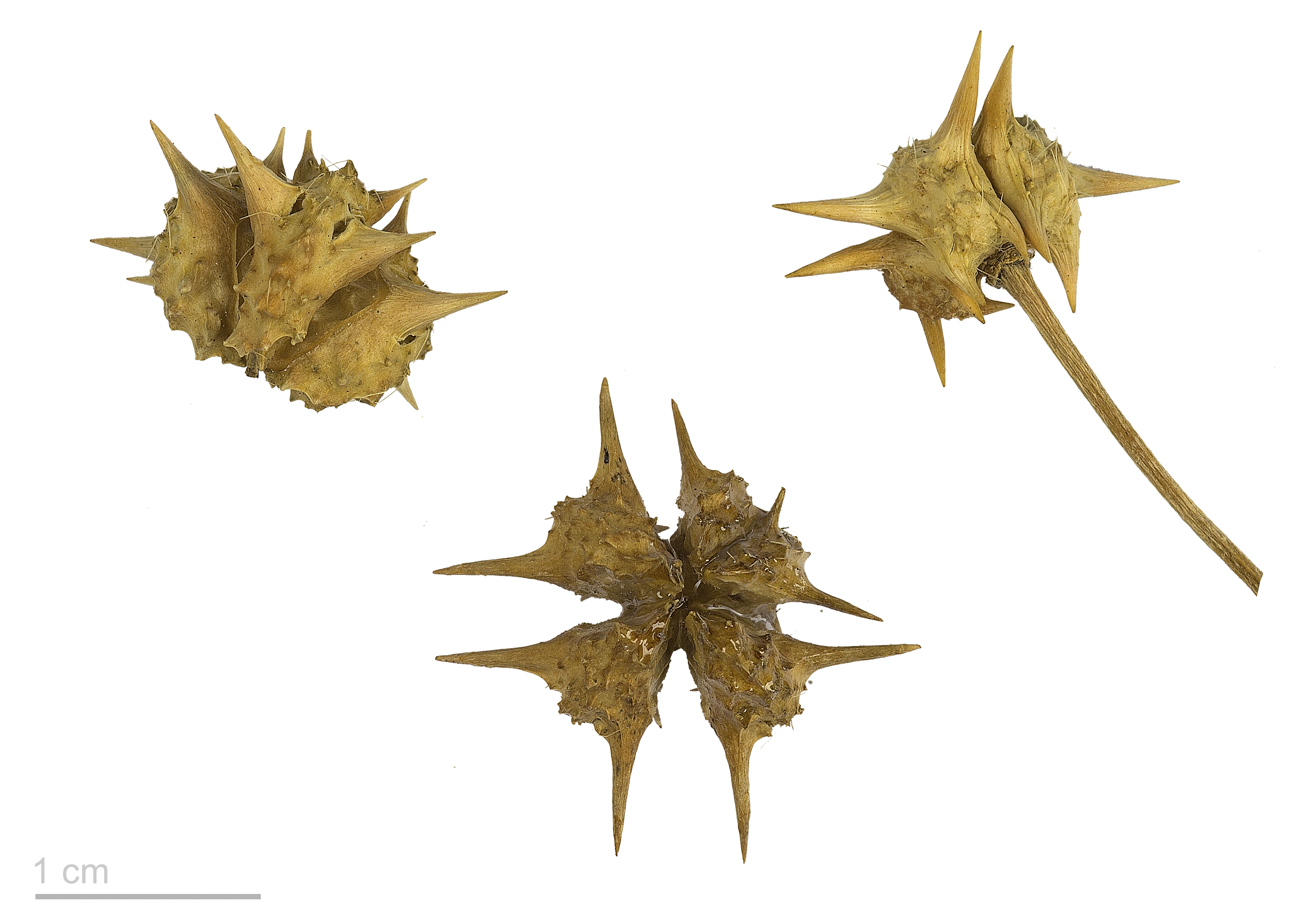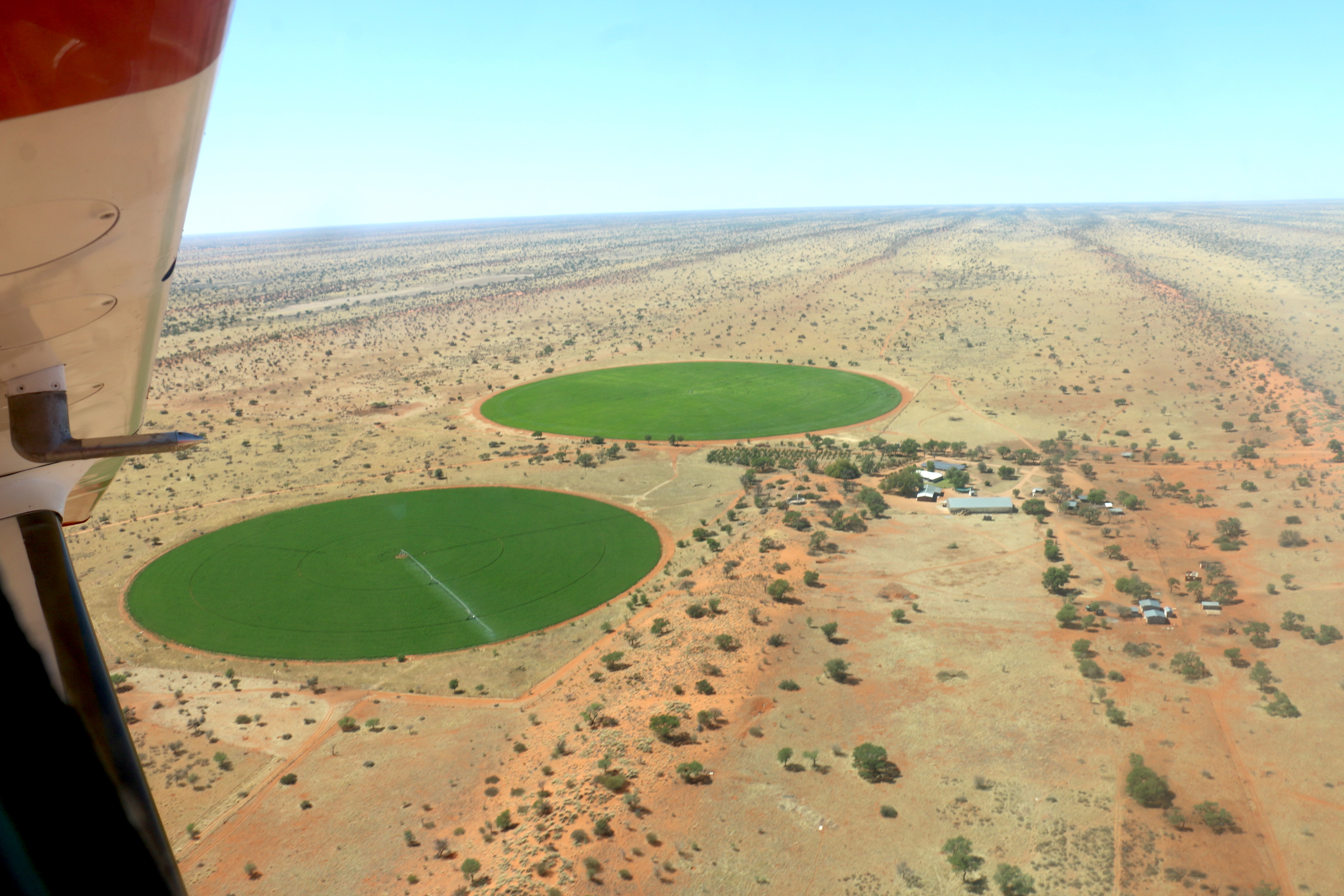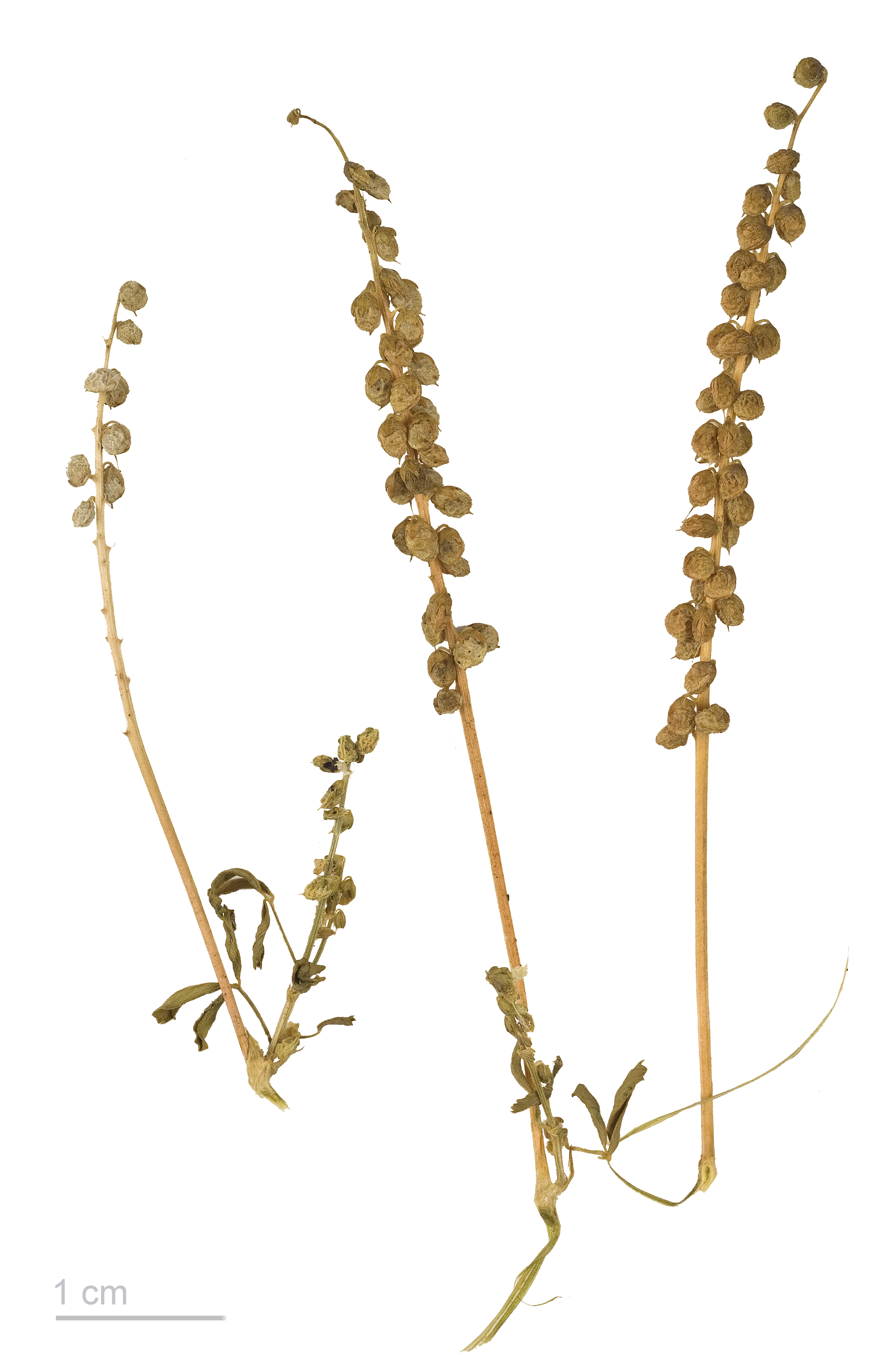|
Zizeeria Karsandra
''Zizeeria karsandra'', the dark grass blue, is a small butterfly first described by Frederic Moore in 1865. It is found from the southern Mediterranean, in a broad band to India, Sri Lanka, the Andaman and Nicobar islands, Myanmar, Thailand, Malaysia, Yunnan, Indonesia, the Philippines, Arabia, United Arab Emirates, Saudi Arabia and Oman, New Guinea and northern and eastern Australia. It belongs to the lycaenids or blues family, and the tribe Polyommatini. (1973)"The higher classification of the Lycaenidae (Lepidoptera): a tentative arrangement" ''Bulletin of the British Museum (Natural History), Entomology''. 28: 371-505. Description Frederic Moore described this species on 1865 as: "Upperside purple-brown. Underside greyish brown, exterior margins defined by a brown line: fore wing with a spot within discoidal cell, a discocellular streak, a spot above it, and a transverse discal series of six spots black, each encircled with white; a marginal and submarginal row of pale br ... [...More Info...] [...Related Items...] OR: [Wikipedia] [Google] [Baidu] |
Frederic Moore
Frederic Moore FZS (13 May 1830 – 10 May 1907) was a British entomologist and illustrator. He produced six volumes of ''Lepidoptera Indica'' and a catalogue of the birds in the collection of the East India Company. It has been said that Moore was born at 33 Bruton Street, but that may be incorrect given that this was the address of the menagerie and office of the Zoological Society of London from 1826 to 1836. Moore was appointed an assistant in the East India Company Museum in London from 31 May 1848 on a "disestablished basis" and became a temporary writer and then an assistant curator at the East India Company Museum with a pension of £330 per annum from 31 December 1879. He had a daughter, Rosa Martha Moore. He began compiling ''Lepidoptera indica'' (1890–1913), a major work on the butterflies of the South Asia in 10 volumes, which was completed after his death by Charles Swinhoe. Many of the plates were produced by his son while some others were produced by E C Kn ... [...More Info...] [...Related Items...] OR: [Wikipedia] [Google] [Baidu] |
New Guinea
New Guinea (; Hiri Motu: ''Niu Gini''; , fossilized , also known as Papua or historically ) is the List of islands by area, world's second-largest island, with an area of . Located in Melanesia in the southwestern Pacific Ocean, the island is separated from Mainland Australia, Australia by the wide Torres Strait, though both landmasses lie on the same continental shelf, and were united during episodes of low sea level in the Pleistocene glaciations as the combined landmass of Sahul. Numerous smaller islands are located to the west and east. The island's name was given by Spanish explorer Yñigo Ortiz de Retez during his maritime expedition of 1545 due to the perceived resemblance of the indigenous peoples of the island to those in the Guinea (region), African region of Guinea. The eastern half of the island is the major land mass of the nation of Papua New Guinea. The western half, known as Western New Guinea, forms a part of Indonesia and is organized as the provinces of Pap ... [...More Info...] [...Related Items...] OR: [Wikipedia] [Google] [Baidu] |
Tribulus Terrestris
''Tribulus terrestris'' is an annual plant in the caltrop family (Zygophyllaceae) widely distributed around the world. It is adapted to thrive in dry climate locations in which few other plants can survive. It is native to warm temperate and tropical regions in southern Eurasia and Africa. It has been unintentionally introduced to North America and Australia. An aggressive and hardy invasive species, ''T. terrestris'' is widely known as a noxious weed because of its small woody fruit – the bur – having long sharp and strong spines which easily penetrate surfaces, such as bare feet or thin shoes of crop workers and other pedestrians, the rubber of bicycle tires, and the mouths and skin of grazing animals. Names Like many weedy species, this plant has numerous common names according to the world region, including 3-corner-jack, goathead, bull's head, gopher-head, caltrop, cat-head, devil's eyelashes, devil's-thorn, devil's-weed, puncturevine, and tackweed. Vernacula ... [...More Info...] [...Related Items...] OR: [Wikipedia] [Google] [Baidu] |
Tribulus Cistoides
''Tribulus cistoides'', also called wanglo (in Aruba), the Jamaican feverplant or puncture vine, is a species of flowering plant in the family Zygophyllaceae, which is widely distributed in tropical and subtropical regions. Habitat ''Tribulus cistoides'', known locally in Mexico as “Abrojo de tierra caliente” (thistle of the hot country), grows in Central, South, and the southern part of North America. It survives well in arid low land close to the shore and where sand or loose soil is present. This is also why it may survive in urban environments in or by the gutters of roads, as there may be loose soil nearby.Abbott, I., Abbott, L. K., & Grant, P. R. (1977). Comparative ecology of Galápagos ground ginches (Geospiza Gould): Evaluation of the importance of floristic diversity and interspecific competition. Ecological Monographs, 47, 151–184. https://doi. org/10.2307/1942615 References Plants described in 1753 Taxa named by Carl Linnaeus Flora of Mexico Tribulus ... [...More Info...] [...Related Items...] OR: [Wikipedia] [Google] [Baidu] |
Glinus Lotoides
''Glinus lotoides'' is a species of flowering plant in the family Molluginaceae known by the common names damascisa and lotus sweetjuice. It is native to Eurasia and Africa and it is known in many other places as an introduced species. Description It is a prostrate to somewhat upright annual herb with a stem up to about 30 or 35 centimeters long and coated in feltlike whitish hairs. The oval or spade-shaped leaves are located in whorls about the stem. Each is a few millimeters to 3 centimeters long. The inflorescence is a tight cluster of five to ten small flowers. Each flower has five woolly sepal A sepal () is a part of the flower of angiosperms (flowering plants). Usually green, sepals typically function as protection for the flower in bud, and often as support for the petals when in bloom., p. 106 Etymology The term ''sepalum'' ...s and no petals. The fruit is an oval capsule about four millimeters long. Uses This plant is found in seasonally inundated land and h ... [...More Info...] [...Related Items...] OR: [Wikipedia] [Google] [Baidu] |
Trifolium Alexandrinum
''Trifolium alexandrinum'' (Egyptian clover, berseem clover) is an annual clover cultivated mostly in irrigated sub-tropical regions, and used as leguminous crop. It is an important winter crop in Egypt, where it may have been cultivated since ancient times, and was introduced into northern India in the early nineteenth century. It is also grown in the United States, Europe, China and Australia. The plant reaches tall with erect or ascending stems. There are two types of berseem clover, single-cut and multi-cut. Single-cut varieties, like 'Balady', feature a high growing point and have poor recovery once harvested. Multi-cut varieties, like 'Frosty', feature a lower growing point allowing for multiple harvests from a single sowing. Berseem clover is generally frost-sensitive and should be planted only after potential for frost has passed. The exception is 'Frosty' berseem clover which was developed by Grassland Oregon, Inc. and released in 2016. This variety is capable of surviv ... [...More Info...] [...Related Items...] OR: [Wikipedia] [Google] [Baidu] |
Medicago Sativa
Alfalfa () (''Medicago sativa''), also called lucerne, is a perennial flowering plant in the legume family Fabaceae. It is cultivated as an important forage crop in many countries around the world. It is used for grazing, hay, and silage, as well as a green manure and cover crop. The name alfalfa is used in North America. The name lucerne is more commonly used in the United Kingdom, South Africa, Australia, and New Zealand. The plant superficially resembles clover (a cousin in the same family), especially while young, when trifoliate leaves comprising round leaflets predominate. Later in maturity, leaflets are elongated. It has clusters of small purple flowers followed by fruits spiralled in two to three turns containing 10–20 seeds. Alfalfa is native to warmer temperate climates. It has been cultivated as livestock fodder since at least the era of the ancient Greeks and Romans. Description Alfalfa is a perennial forage legume which normally lives four to eight years, but ca ... [...More Info...] [...Related Items...] OR: [Wikipedia] [Google] [Baidu] |
Melilotus Indica
''Melilotus indicus'', sometimes incorrectly written ''Melilotus indica'', is a yellow-flowered herb native to northern Africa, Europe and Asia, but naturalized throughout the rest of the world. Common names in English include sweet clover (or sweet-clover), sour clover (sour-clover, sourclover), Indian sweet-clover, annual yellow sweetclover, Bokhara clover, small-flowered sweet clover, common melilot, small-flowered melilot, small melilot, sweet melilot, Californian lucerne and Hexham scent. In Australia and New Zealand, where it is naturalised, it is sometimes called King Island melilot or King Island clover. Description It is an annual or biennial herb from in height (rarely to one metre), with trifoliate leaves and small yellow flowers borne in dense racemes. Similar to ''Melilotus altissima'' Thuill. in general. The flowers are 2 – 3 mm long and produce a hairless pod of similar length. Its leaves have a sweet, cloying scent when crushed. Taxonomy It was first publ ... [...More Info...] [...Related Items...] OR: [Wikipedia] [Google] [Baidu] |
Amaranthus Tricolor
''Amaranthus tricolor'', known as edible amaranth, is a species of flowering plant in the genus '' Amaranthus'', part of the family Amaranthaceae. The plant is often cultivated for ornamental and culinary purposes. It is known as bireum in Korea; tampala, tandaljo, or tandalja bhaji in India; callaloo in the Caribbean; and Joseph's coat in other areas, in reference to the Biblical story of Joseph and the coat of many colors. Although it is native to South and South-East Asia, ''A. tricolor'' is one of several species of amaranth cultivated in warm regions across the world. Cultivars have striking yellow, red, and green foliage. Culinary uses The leaves and stems may be eaten as a salad vegetable. In Africa, it is usually cooked as a leafy vegetable.Grubben, G.J.H. & Denton, O.A. (2004) Plant Resources of Tropical Africa 2. Vegetables. PROTA Foundation, Wageningen; Backhuys, Leiden; CTA, Wageningen. It is usually stir fried or steamed as a side dish in both China and Japan. ... [...More Info...] [...Related Items...] OR: [Wikipedia] [Google] [Baidu] |
Tapinoma Melanocephalum
''Tapinoma melanocephalum'' is a species of ant that goes by the common name ghost ant. They are recognised by their dark head and pale or translucent legs and Gaster (insect anatomy), gaster (abdomen). This colouring makes this tiny ant seem even smaller. Description The ghost ant is small, with average lengths ranging between in workers. The antennae composes of 12 Segmentation (biology), segments that thickens towards the tip. The Antenna (biology), antennal scapes exceeds the Insect morphology, occipital border. The head and thorax is a dark brown colour while the Gaster (insect anatomy), gaster, legs and antennae are a milky white colour. Due to its small size and light colour, the ghost ant is difficult to see. Ghost ants are Monomorphism (biology), monomorphic and the thorax is spineless. The gaster is hairless, and has a back opening that is similar to a slit-like opening. The Petiole (insect anatomy), abdominal pedicel is formed from a single segment that is usually ... [...More Info...] [...Related Items...] OR: [Wikipedia] [Google] [Baidu] |
Amaranthus Viridis
''Amaranthus viridis'' is a cosmopolitan species in the botanical family Amaranthaceae and is commonly known as slender amaranth or green amaranth. Description ''Amaranthus viridis'' is an annual herb with an upright, light green stem that grows to about 60–80 cm in height. Numerous branches emerge from the base, and the leaves are ovate, 3–6 cm long, 2–4 cm wide, with long petioles of about 5 cm. The plant has terminal panicles with few branches, and small green flowers with 3 stamens. Uses ''Amaranthus viridis'' is eaten as a boiled green or as a vegetable in many parts of the world. In the Northeastern Indian state of Manipur, it is known as ''cheng-kruk''; it is also eaten as a vegetable in South India, especially in Kerala, where it is known as ''kuppacheera'' കുപ്പച്ചീര. It is a common vegetable in Bengali cuisine, where it is called ''note shak'' ("shak" means leafy vegetable). It a very common vegetable used in Odia cuisin ... [...More Info...] [...Related Items...] OR: [Wikipedia] [Google] [Baidu] |
Zornia Diphylla
''Zornia'' is a cosmopolitan genus of herbs from the legume family Fabaceae. It was recently assigned to the informal monophyletic ''Adesmia'' clade of the Dalbergieae. Species ''Zornia'' comprises the following species: * '' Zornia acuta'' S.T. Reynolds & A.E. Holland * ''Zornia adenophora'' (Domin) Mohlenbr. * '' Zornia albiflora'' Mohlenbr. * ''Zornia albolutescens'' Mohlenbr. * '' Zornia apiculata'' Milne-Redh. * '' Zornia areolata'' Mohlenbr. * ''Zornia baliensis'' Mohlenbr. * '' Zornia bracteata'' J.F. Gmel. * ''Zornia brasiliensis'' Vogel * ''Zornia brevipes'' Milne-Redh. * ''Zornia burkartii'' Vanni * ''Zornia cantoniensis'' Mohlenbr. * ''Zornia capensis'' Pers. * ''Zornia cearensis'' Huber * ''Zornia chaetophora'' F. Muell. * ''Zornia contorta'' Mohlenbr. * ''Zornia crinita'' (Mohlenbr.) Vanni * ''Zornia cryptantha'' Arechav. * '' Zornia curvata'' Mohlenbr. * '' Zornia decussata'' Fort.-Perez, G.P. Lewis & A.M.G. Azevedo * '' Zornia diphylla'' (L.) Pers. * '' Zo ... [...More Info...] [...Related Items...] OR: [Wikipedia] [Google] [Baidu] |






